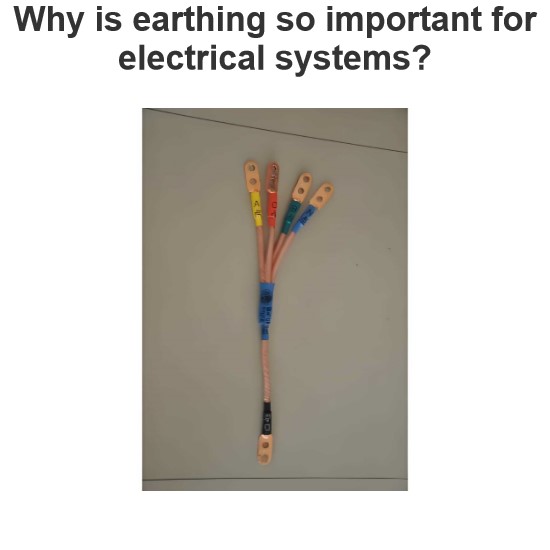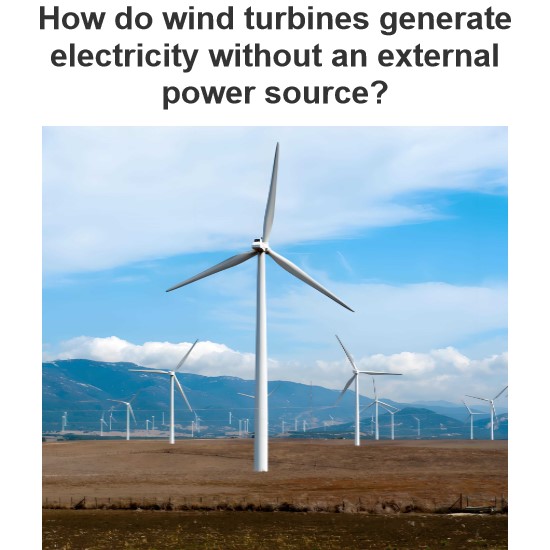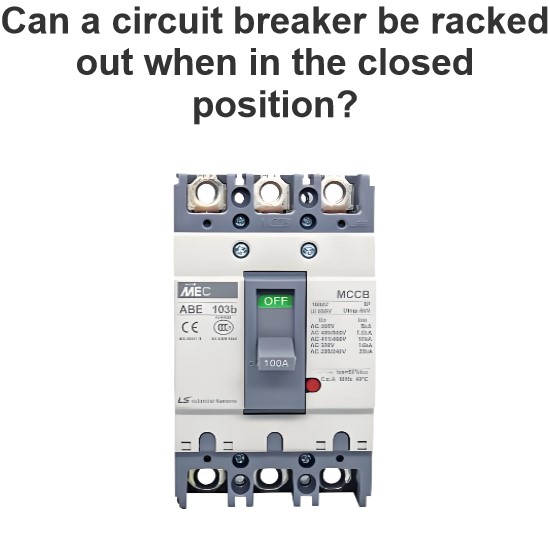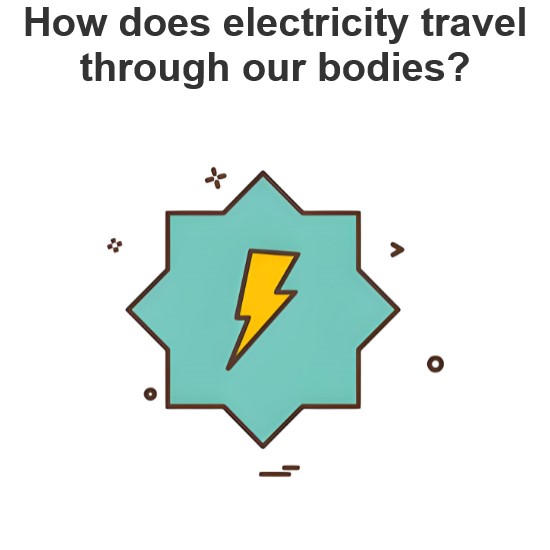What is the purpose of grounding the neutral wire? How does grounding differ from bonding in terms of safety?
Purpose of neutral grounding
Provide reference potential
In a power system, neutral grounding provides a stable reference potential for the entire circuit, which is usually defined as zero potential. This helps determine the voltage value of other lines (such as the fireline) with respect to this zero potential, making voltage measurement and analysis more convenient and accurate. For example, in a three-phase four-wire low-voltage distribution system (380V/220V), the voltage between the live line and the neutral line is 220V, and this voltage value is determined based on the zero potential of the neutral line.
Ensure the stable operation of the system
For three-phase unbalanced load, neutral grounding can ensure the relative stability of three-phase voltage. When the three-phase load is unbalanced (for example, in some residential areas or small commercial power scenarios, the number and power of electrical equipment connected on different phases are different), the neutral line can direct the unbalanced current back to the neutral point of the power supply to avoid affecting the normal operation of the electrical equipment due to the three-phase voltage imbalance. If the neutral line is not grounded, the three-phase imbalance may cause the voltage of each phase to fluctuate greatly, affecting the service life of the device or even damaging the device.
Fault protection
In the event of a single-phase ground fault, neutral grounding helps the fault current flow quickly. For example, when a live wire is accidentally grounded, the grounded neutral line provides a low-impedance return path for the fault current, so that the protection device (such as fuses, circuit breakers, etc.) can detect the fault current in time and act to cut off the circuit, thus protecting personal safety and equipment safety.
Difference in safety between grounding and zero connection
Different protection principles
Grounding (protective grounding) : Protective grounding is the reliable connection between the metal shell or frame of the electrical equipment and the earth. When a leakage fault occurs in the equipment, such as the winding insulation of the motor is damaged so that the housing is charged, because the housing is grounded, the leakage current will flow into the earth through the grounding resistance. If the grounding resistance is small enough to make the grounding current reach the operating current threshold of the protection device (such as the leakage protector), the protection device will act to cut off the circuit; If the grounding resistance is large, although the protection device cannot be activated immediately, when the human body contacts the charged shell, because the human body resistance is much larger than the grounding resistance, most of the leakage current will flow into the earth through the grounding resistance, thereby reducing the current through the human body and reducing the risk of electric shock.
Zero connection (protective zero connection) : The protective zero connection is to connect the metal shell of the electrical equipment to the neutral line (neutral line). In the three-phase four-wire system, if the equipment leakage occurs, such as a fire line and the equipment housing short circuit, then the phase of the short circuit current will return to the power supply through the neutral line, the short circuit current is usually large, will quickly make the fuse on the line to fuse or circuit breaker trip, thus cutting off the power supply to prevent human shock.
Different scope of application
Grounding: Suitable for power systems with neutral points ungrounded or grounded by high impedance, such as simple distribution systems in some rural areas or some special industrial power systems. In these systems, because the effective fault protection cannot be realized through zero connection, grounding is an important means to ensure safety.
Zero connection: It is mainly suitable for three-phase four-wire low-voltage distribution system with direct grounding of neutral point (such as common 380V/220V system). In this kind of system, the neutral line has been grounded, and the leakage protection can be realized quickly and effectively by using the protective zero connection.
The voltage at the time of failure is different
Grounding: In a protective grounding system, when a leakage fault occurs in the device, the voltage to ground of the device housing is equal to the leakage current multiplied by the grounding resistance. If the grounding resistance is large, the device enclosure may carry a high voltage to the ground. Although the current passing through the human body is relatively small, there is still a risk of electric shock.
Zero connection: In the protective zero connection system, once the equipment leakage occurs, because the short-circuit current returns to the power supply through the neutral line, the theoretical voltage to the ground of the equipment housing will quickly drop to close to zero volts, greatly improving safety.
The Electricity Encyclopedia is dedicated to accelerating the dissemination and application of electricity knowledge and adding impetus to the development and innovation of the electricity industry.




